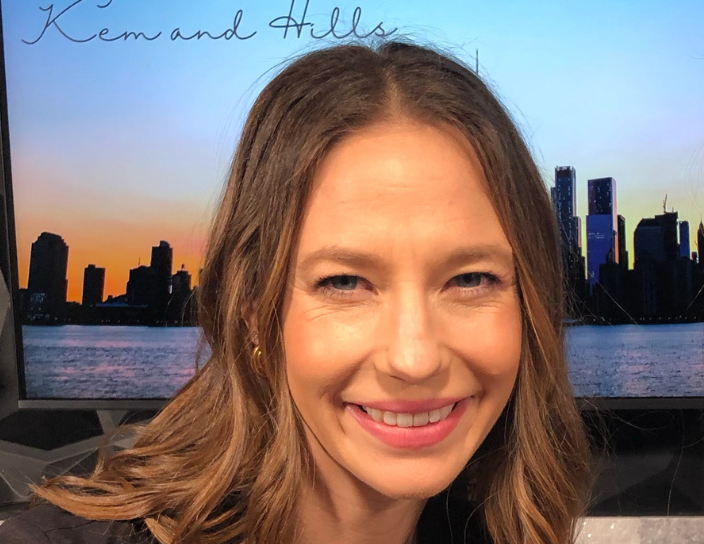The 5-Year Sprint: How Short Bursts of Intense Saving Can Supercharge Your Retirement

Most people think building a retirement nest egg means decades of grinding away, maxing out contributions year after year. But what if I told you that just five years of focused, intense saving—at the right time—could completely reshape your financial future?
In this episode, I shared how a short sprint can be just as powerful as a lifelong marathon when it comes to retirement planning. Whether you’re 25 or 60, it’s not too late to make a massive impact with intentional financial choices.
Why 5 Years Can Change Everything
Let’s talk numbers. Thanks to the Secure 2.0 Act, contribution limits for 2025 are impressive:
- $23,500 if you’re under 50
- $31,000 if you’re 50–59
- $34,750 if you’re 60–63 (including enhanced catch-up contributions)
If you contribute at those levels for just five consecutive years, here’s the potential growth with an 8% annual return:
- Starting at age 25: Your nest egg could grow to $1.5 million by age 65—even with no further contributions.
- Start at 40? You could end up with $743,000.
- At 50? Still looking at $500,000+.
- Even at 60, you could grow $430,000 before full retirement.
That’s the power of compound interest, even in a compressed window of time.
Traditional vs. Roth 401(k): Does It Matter?
Absolutely. Here’s the breakdown:
- Traditional 401(k): Contributions are pre-tax, giving you a break today, but withdrawals in retirement are taxed.
- Roth 401(k): Contributions are after-tax, but withdrawals are tax-free later—and there are no required minimum distributions (RMDs).
I always say, it’s not about picking the “right” one—it’s about knowing your tax bracket now vs. later. If you expect to be in a higher bracket down the road, Roth might win. But if your current tax rate is sky-high, the traditional route might give you more breathing room.
Most People Don’t Max Out—And That’s Okay
Only 14% of 401(k) participants maxed out in 2023, according to Vanguard’s How America Saves report. Of those:
- 53% made over $150,000
- 47% earned less
You don’t need a massive income to save effectively. What you need is intentionality. Those five years of savings power often come during low-responsibility life windows: no kids yet, student loans paid off, higher income years, or even the home stretch before retirement.
Don’t Miss the Match—It’s Free Money
If your employer offers a 401(k) match, take it. That’s instant ROI you can’t get anywhere else.
Even if you can’t max out today, increase your contributions slowly—just 1% per year makes a huge difference over time. And when you’re eligible for catch-up contributions, use them. They’re one of the few tax advantages specifically for people over 50.
Real-Life Scenarios That Prove the Power of Focus
I broke down a few examples:
- $23,500/year at 25 for five years = $1.5 million
- Same plan at 40 = $743,000
- At 50 = $500,000
- At 60 = $430,000
And those projections don’t include any savings after that five-year sprint. Most people won’t stop saving altogether, which means those numbers could climb even higher.
It’s Never Too Late
One of my favorite messages from this episode: Don’t beat yourself up if you didn’t start early. Start now. Even at 50 or 60, you can still build meaningful wealth.
If you’ve got a 3–5 year window where you can live below your means, cut expenses, and really commit to saving—you can completely shift your retirement outlook.
Behind the Scenes with Aaron
As always, I couldn’t help but bring in a few personal moments—like Peanut, my dog, climbing under a blanket mid-recording, or getting pumped to collaborate with Bill Benin (you’ll be hearing more on that soon). Also, shout-out to my neighbor for always encouraging the work I do here. It’s support like that that keeps the content rolling—even if I haven’t quite mastered my “chill side.”
Final Takeaways
Retirement success doesn’t require perfection. It requires consistency, intentionality, and the ability to seize those rare windows where you can go all-in on saving.
Whether you’re in your 20s, 40s, or 60s—if you can manage five focused years, you can create a more comfortable, confident retirement. You’ve got this.
All writings are for educational and entertainment purposes only and does not provide investment or financial advice of any kind.







